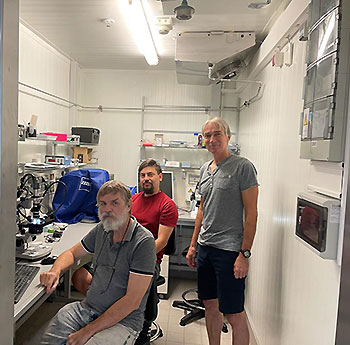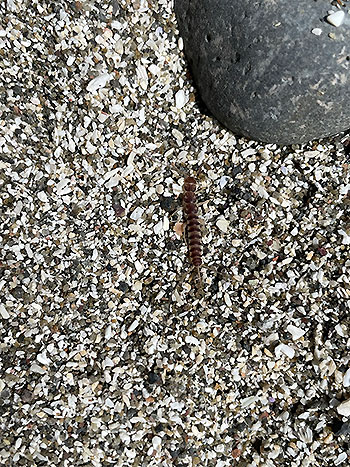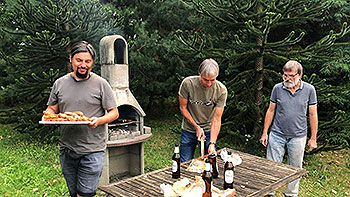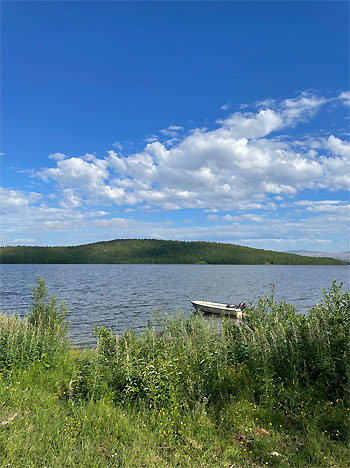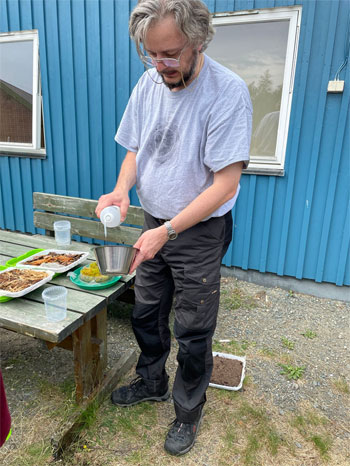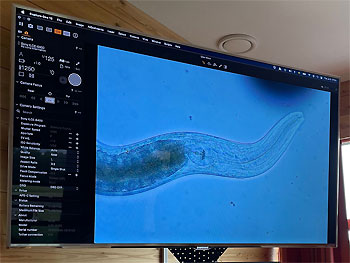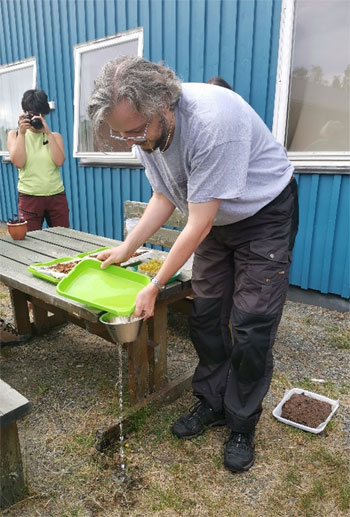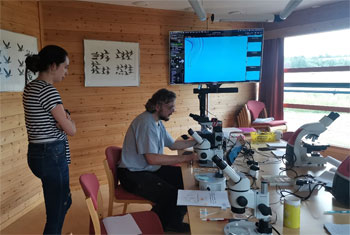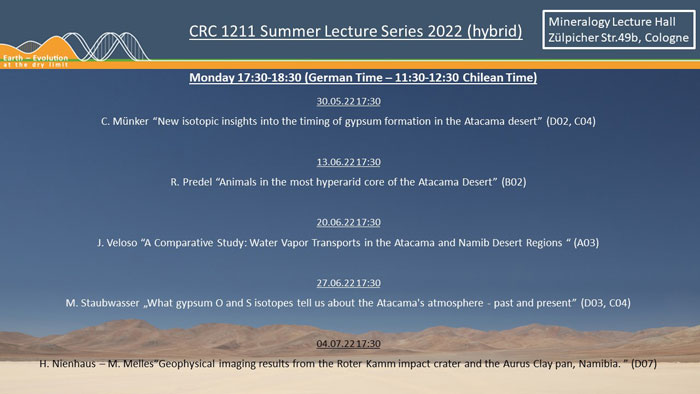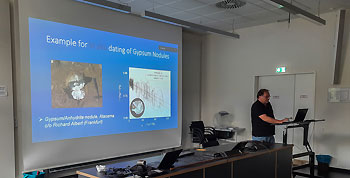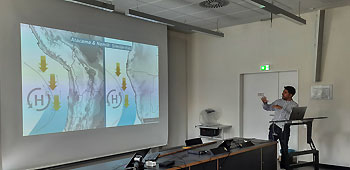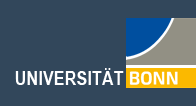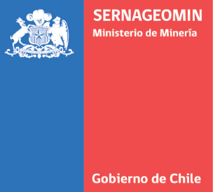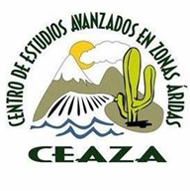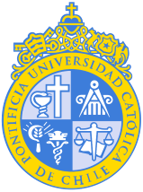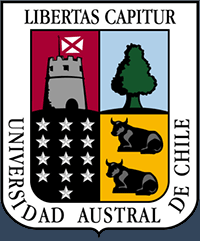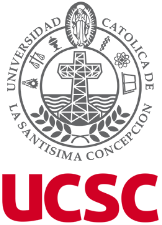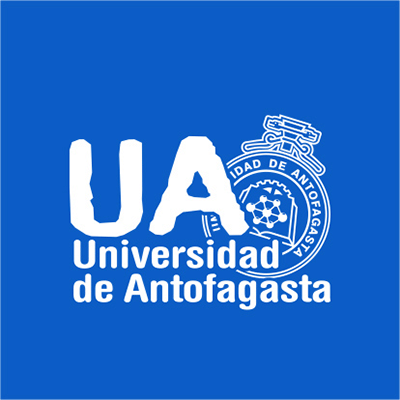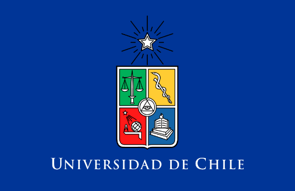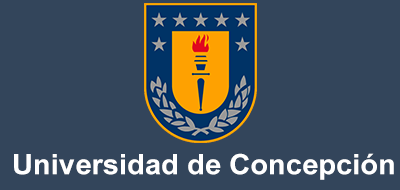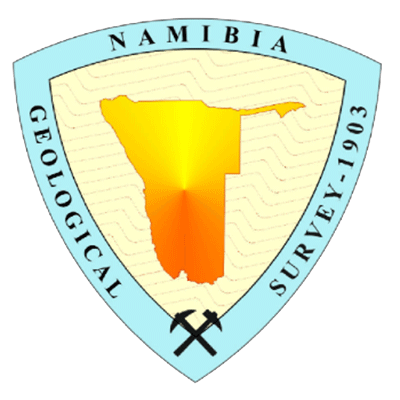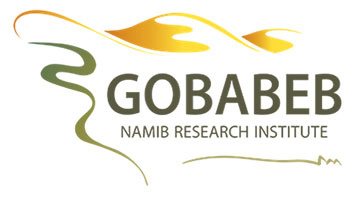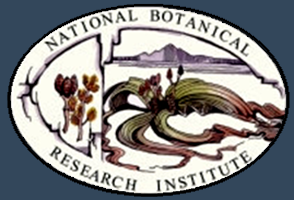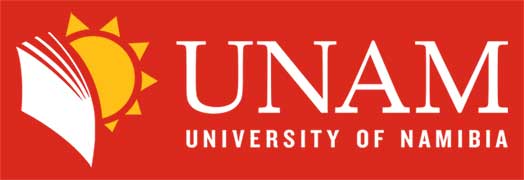Nematodes, also known as roundworms, are invertebrates that can inhabit soil and water bodies. They have been reported in all continents and can live in extreme environments such as Antarctica or even the Atacama desert. During the ForBio, NIBIO, and UiB course (Taxonomy and DNA barcoding of soil organisms), the two PhD students of the B08 project took soil samples around Svandhov, Norway to look for nematodes, springtails and mites in order to identify them and learn about their role in soil ecosystems. The students could take part of this course thanks to an IRTG mobility grant.
There are over 200 families of nematodes with various life-styles: they can be free-living or parasites of plants or animals. They play important ecosystem roles as they can be used as bioindicators and are the food source for many taxa such as flatworms, bacteria, fish, mites and insects among others. They also have an important impact on food-security and human health.
Even though all of these organisms inhabit soils, different sampling and extraction methods are required for each group. Compared to free-living nematodes (Nematoda) that have a size range of 0.1-5mm, springtails (Collembola) and mites (Acari) are relatively large and can to some extent be seen in nature without the need of stereoscopes or microscopes. To extract nematodes from natural soil samples, samples are set up on sprouting trays with precision wipes, the bottom of the trays are filled with water and the samples are placed on the upper part on top of the wipes. Extraction trays are left overnight so nematodes will randomly move until they are collected in the water and can be extracted for identification in the microscope. During the course the students learned how to identify major groups (Family) of the aforementioned taxa using morphological characters.
Nematode families can be identified morphologically by the structure of pharynx and mouth parts, which reflect their eating habits (predators, bacterial feeders, fungal feeders) and their reproductive structures. During this course we found nematodes of the Family Cephalobidae, a family of bacterial feeding nematodes that is worldwide distributed and has been found in the Namib desert.
The knowledge acquired on this course will allow the PhD students of the B08 project to identify, through morphology and DNA-based methods, families of nematodes from soil samples taken in the Atacama desert.
Author: Laura Villegas
|
Fig 1: Sampling spot
Photo: Laura Villegas
|
|
Fig 2: Extraction of nematodes from natural samples performed by Dr. Oleksandr Holovachov.
Photo: Laura Pettrich |
|
Fig 3: Cephalobidae nematode with grinding apparatus present in basal bulb.
Photo: Laura Villegas
|



